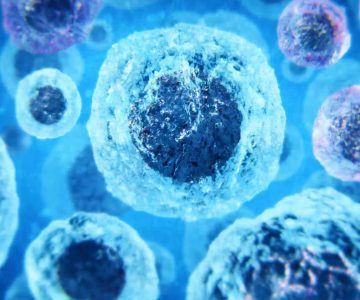Elizabeth Svoboda in Quanta:
 When cells are no longer needed, they die with what can only be called great dignity,” Bill Bryson wrote in A Short History of Nearly Everything. The received wisdom has long been that this march toward oblivion, once sufficiently advanced, cannot be reversed. But as science charts the contours of cellular function in ever-greater detail, a more fluid conception of cellular life and death has begun to gain the upper hand.
When cells are no longer needed, they die with what can only be called great dignity,” Bill Bryson wrote in A Short History of Nearly Everything. The received wisdom has long been that this march toward oblivion, once sufficiently advanced, cannot be reversed. But as science charts the contours of cellular function in ever-greater detail, a more fluid conception of cellular life and death has begun to gain the upper hand.
Perhaps the most dramatic proof of this emerged last April, when a team at the Yale School of Medicine drew global attention for briefly restoring cellular activity in dead brains. The neuroscientists Nenad Sestan, Zvonimir Vrselja and their colleagues developed a system called BrainEx that can perfuse a brain with a hemoglobin-based solution to nourish cells while promoting their recovery from oxygen deprivation, a condition that is usually lethal for neurons after 10 minutes or so. They tested it on brains extracted from slaughtered pigs, deprived of blood and kept at room temperature for as long as four hours — making them quite thoroughly dead by any conventional standard.
Yet after being perfused with the experimental solution for six hours, many of those deteriorating and seemingly lifeless brain cells regained — at least temporarily — some of their normal structure and metabolic activity.
More here.
